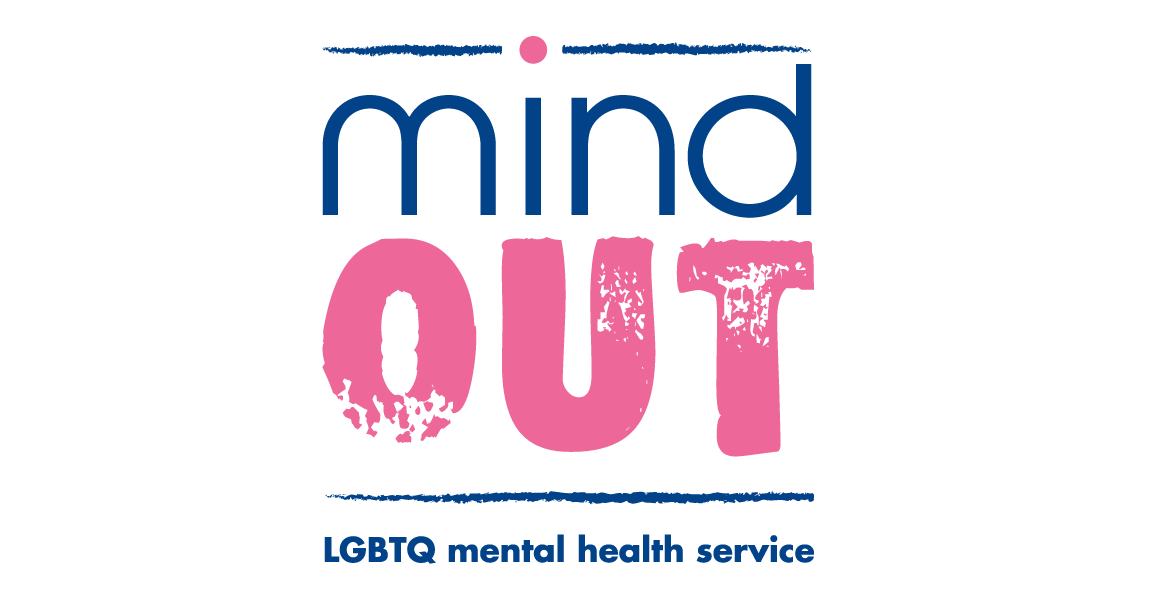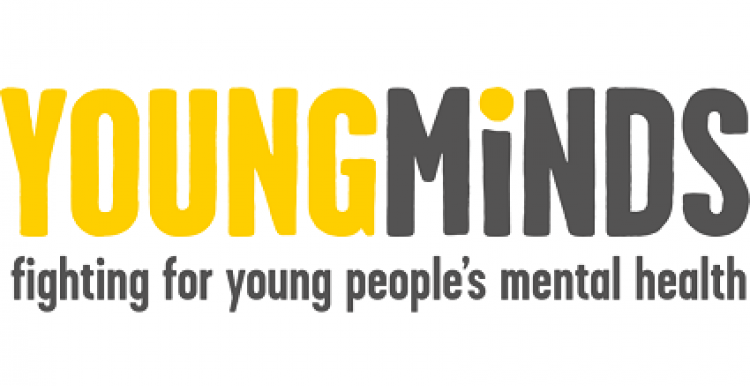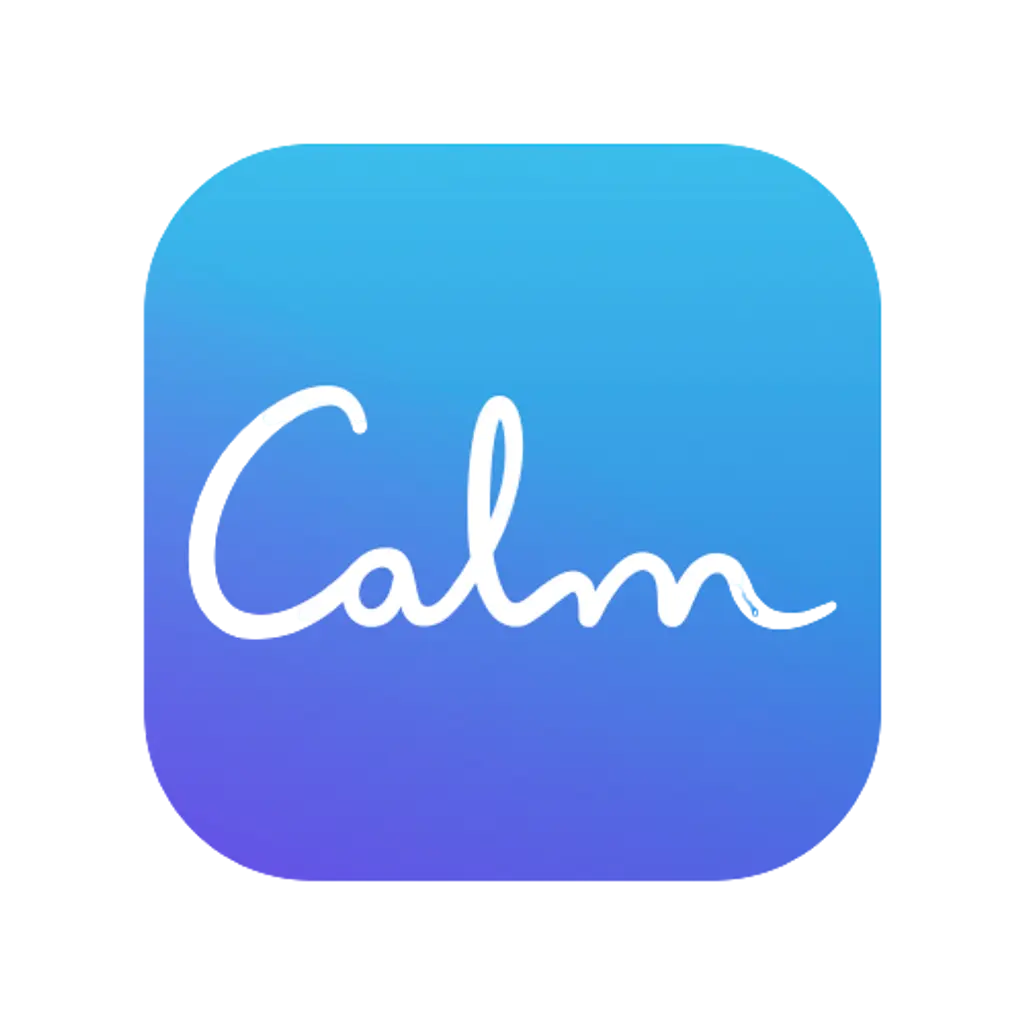Knee Osteoarthritis
What you should know
Osteoarthritis (OA) is a normal age related change that occurs at the joints. It tends to happen earlier in joints that carry more weight through them. This is why the hip and knee are more commonly affected.
Everyone’s joints go through a normal cycle of damage and repair during their lifetime. Cartilage becomes thinner, the body tries to repair the joint by remodeling and new bone growth occurs to try and stabilise the joint. This remodeling can change the shape or structure of the joint.
Predisposing factors of OA
- Age – over half of people over 65 show changes on an x-ray however this does not necessarily correlate with symptoms
- Gender – more women are affected than men
- Genetics – they play a small part in OA
- Weight – extra weight through joints can contribute to the onset of joint pain and also speed up the progression of it
- Previous injury – major injuries such as fractures or surgery can lead to joint changes later on
- Occupation – certain occupations are associated with OA e.g. plumbers are more likely to have knee pain
Symptoms
- Pain
- Swelling
- Stiffening of the joint
- Weakness of the surrounding muscles
- Reduced mobility or difficulty with functional tasks such as ascending the stairs.
You may not present with all of these symptoms all of the time, everyone is different and at a different stages of condition.
What to do
One of the most important things is to keep moving, many of you may be reluctant to do this due to the pain. However, movement can lubricate the joint, reducing the stiffness, pain and swelling. Move little and often, try and avoid sitting for long periods of time. Get up every 30 minutes and have a walk around to maintain the mobility within the knee joint.
It may be necessary to pace your activity, take regular breaks this will help prevent you doing too much at once and flaring the joint up. Attempt some strengthing exercises to help build the muscles around your knee, this in turn will offload the joint itself and reduce your pain. (Please see exercises at the bottom of the page).
Be guided by your pain, pushing through your pain may result in a set back and possible flare up.
Continue performing your normal activities but perhaps think about adding some breaks or reducing the time you are performing that activity. If you find the knee swells, rest, elevate and apply ice for 20 minutes.
Pain medication
It may surprise you, but simple over the counter painkillers such as paracetamol and ibuprofen are the most effective pain medication. If you feel you need them – use them. You should only take the recommended daily dose but do not wait until your pain is out of control to take them.
Consult with your GP if you have any concerns and do not take ibuprofen or aspirin if you are pregnant or have asthma, an ulcer or indigestion.
Hot/cold
An ice pack can be used to help reduce pain, but only use for 10-15 minutes on protected skin. When using an ice pack you should make sure there is something between your skin and the source of heat/cold such as a paper towel or tea-towel.
Sleep
Sleep is really important when it comes to managing pain. Studies suggest that getting a good night sleep can reduce pain levels by as much as 25%.
Tips to improve your sleep include:
- Sleeping in a dark, quiet and cool room
- Try taking pain relief an hour before you go to bed
- Do not consume caffeine within six hours of sleeping
- Try to avoid eating within two hours of sleeping
- Try not to be in front of bright screens such as TVs, laptops or phones for one hour before bed
- Keep your bedroom as a place to sleep – do not use it for work or as an office
- If you do wake in the night and cannot get back to sleep – get up, go to another room and do something until you are tired enough to sleep
Diet and nutrition
If you are overweight you increase the load through your knee joint (1lb of weight = 3lbs of pressure when you take a step). Evidence suggests 10lbs of weight will result in 30lbs less pressure going through the knee, which will have a significant impact on your pain.
If you’re overweight you should consider eating a well-balanced and healthy diet which is low in saturated fats, sugar and salt. It’s also a very good idea to eat plenty of fresh fruit and vegetables, and to drink plenty of water. Diet is important alongside performing some gentle exercise.
If you need to lose weight, the key is to regularly burn off more energy than you consume on a daily basis.
Relaxation
Stress can increase the pain you experience. One way of reducing the effects of stress is to learn how to relax.
There are many relaxation, meditation or mindfulness tapes, CDs and MP3 downloads available – your doctor or physiotherapist may be able to offer you some, or they’re available online or from high-street shops. A good example is Headspace which is available online or as an application for your smart phone or tablet.
Exercises
If exercises are painful to undertake or causes a moderate to high level of pain during or afterwards then reduce the difficulty level or stop that particular exercises.
- Static quads – lie or sit down reclined and pull your toes up towards you. Straighten your leg and push your knee firmly down into the bed – you should see you kneecap draw up towards you as you do this. Hold for 10 seconds and repeat 10 times.
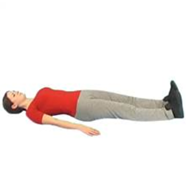
Straight leg raise – lie down or sit reclined and Pull your ankle towards you. Tighten your thigh muscles and raise your leg straight off the bed, approximately 20cm. Hold this position for 5-10 seconds and repeat.
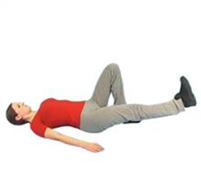
Sit to stand – shuffle your bottom to the edge of the chair with your feet and knees shoulder width apart. Take your feet back under your knees. Lean forwards and stand up. Repeat as you are able.
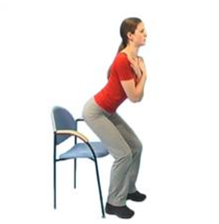
Calf raises – stand up holding onto a worktop for balance. Raise up onto your tip toes and ensure your knees stay straight. Repeat 10 times as able.
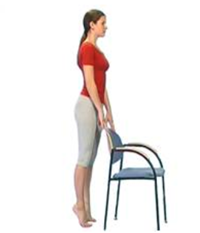
.aspx?width=200&height=232) When to see your GP/Physiotherapist
When to see your GP/Physiotherapist
- If you have an acutely locked knee
- If the knee is giving way and you are falling
- If the knee is hot, red and swollen
- If you are feverish, short of breath or if you have had a sudden unexplained loss of weight
- If your pain is no better having done these exercises for a month
Further resources
I am in Crisis
If you feel you need immediate help, contact one of the below charities.
Recommended Apps
Below are a selection of the apps we recommend

